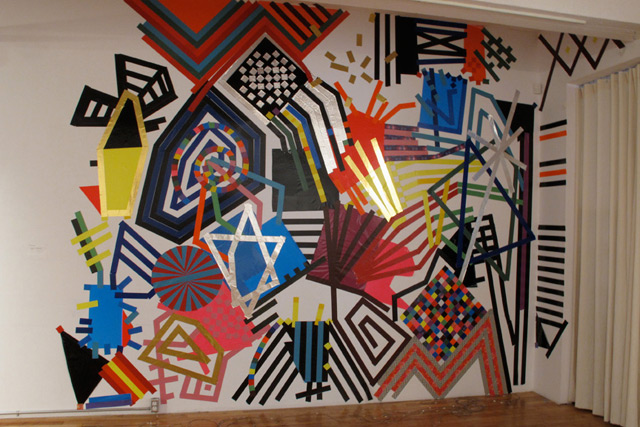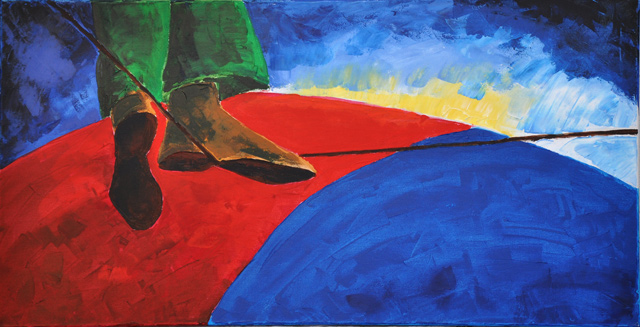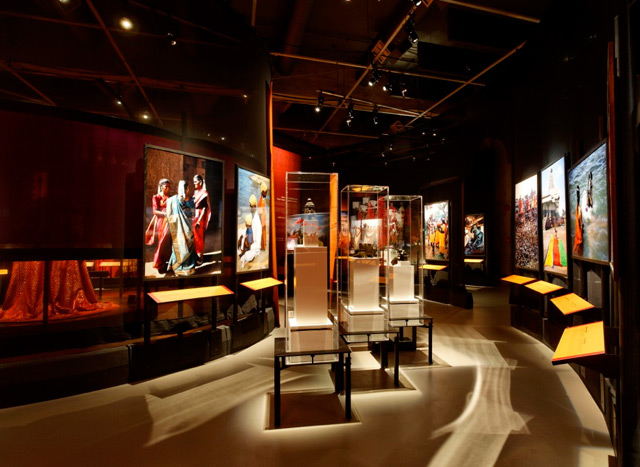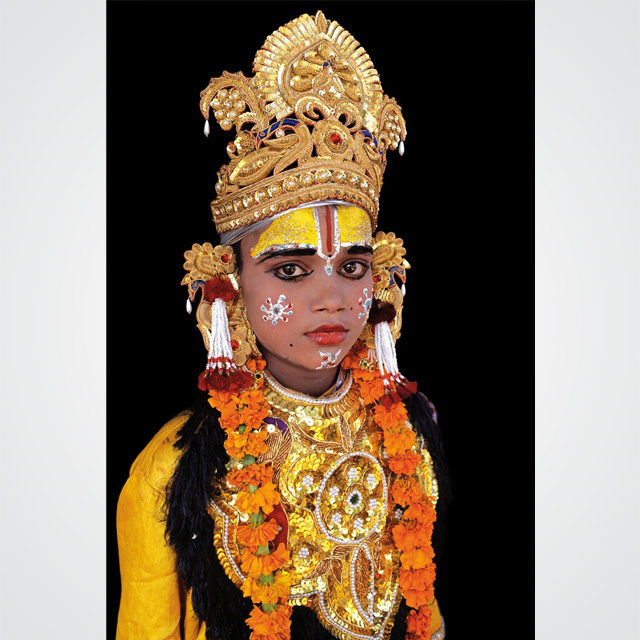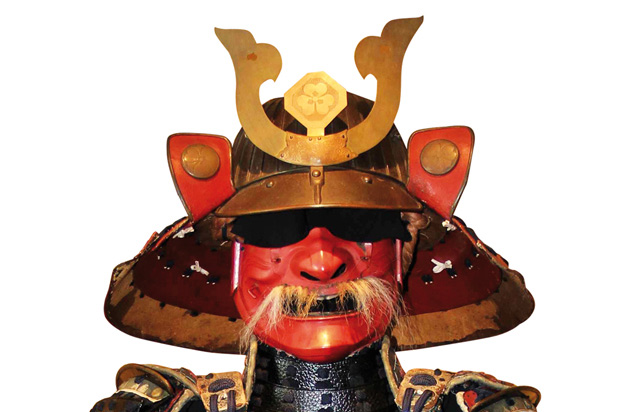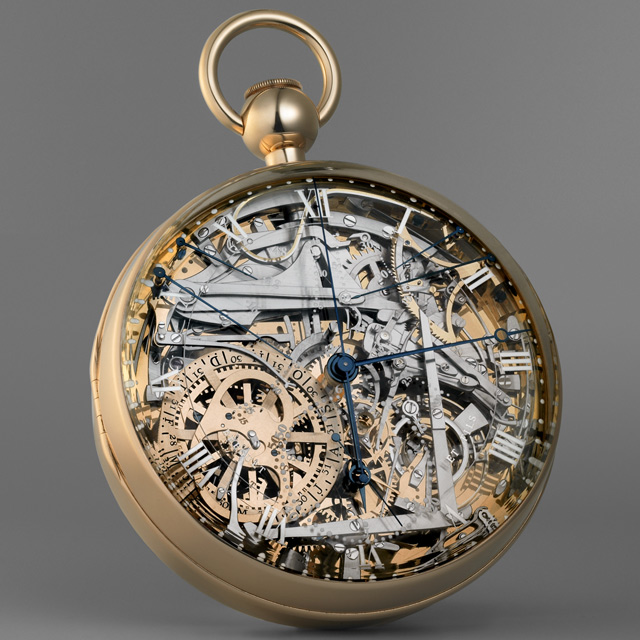
BREGUET Marie-Antoinette Grande Complication pocket-watch ~ N°1160 (© WatchPaper.com)
I’m fascinated by fine watches, it doesn’t matter if they are powered be mechanical or automatic movement. My fascination stops at an outside contemplation of these timepieces, since I can’t afford most of them. Something I can live with, after all, how many of us can afford a Picasso, but we wouldn’t mind stopping in front of a painting hanged in a museum to admire it.
As a graphic/web designer/photographer, I was always attracted to mediums where creativity and technology would meet. Watchmaking is one of these mediums, a craft that molds together knowledge of mechanics with aesthetics.
Just look at this Breguet pocket watch, with more than 800 components, priceless… Believe me, you can’t afford it.
There is this question that bugs since quite some time, why luxury is good for people in general? Are there benefits to the luxury industry, that are less talked about?
Social Media answering
I decided to go and ask around using Social Media. I asked on Twitter, Quora, LinkedIn and on LuxurySociety.com, what are the benefits of luxury for people in general? I was curios to investigate how luxury has benefited everyone. I was not interested in personal benefits, like driving a super car would give a person more prestige, and I was not interested neither in the record earnings of LVMH, or Richemont.
Twitter is not good for asking questions that need a complex answer, while on Quora, to my surprise, there was nobody who would give an answer.
On LinedIn, Daren Jones wrote:
Mainstream Luxury by definition cannot benefit everyone, it is exclusive not democratic.
It also works only in relation to the ordinary
Its primary asset of luxury (ignoring any utility or extra-function which luxury rarely offers over conventional solutions) beyond the temporary experiential nature of any sensual pleasure it delivers, is its ability to allow the owner to identify themselves with something that elevates their perceived social status and individual value in the minds of others. Therefore it is relativistic in nature and cannot exist alone as such, and therefore has little lasting intrinsic benefit beyond egoism.
It also requires a collective Societal belief in the ability to create and raise individual status and value (in relation to others) through attachment and association to objects and organisations. It is fair to call this a collective delusion that benefits very few.
It does not answers my question, I post it here, just to show how difficult it is, to think about luxury beyond individual self gratification.
On LuxurySociety, I got a very interesting answer from Benjamin Berghaus, a true eye opener for me:
From my point of view, there is much potential for social / community gain in the general concept of luxury production while I would doubt that individual examples for social activities today are carried out in completely unselfish, altruistic manner leaving public relations and marketing effects out of sight – for good economic reasons. Even though I’d be very happy to learn otherwise!
First and foremost, virtually all luxury brands with significant heritage developed out of individual, very high quality workshops employing craftsmen with considerable skills. Developing these skills with their workforce was the central competitive advantage of these producers allowing many to become suppliers to noblesse and beyond but also empowering their workforce, raising standards. For most product groups with most producers, this will not be feasible today anymore – of course, that always depends on the definition of the dimensions of the luxury market.
Second and third, from a socio-economical standpoint, luxury helped to foster two great advances in tandem (at least in the western world): democratization of societies and fueling the economic progress brought along by the industrialization. The democratization came to pass as luxury goods enabled (sufficiently rich) customers of lower standing to emulate the symbols of higher classes – the general model of the aspirational customer today. This emulation tended to be so popular that it did not only help society to overcome rigid class barriers but also, en passant, to fuel (by the standards of the time) mass production of high quality products that were of a certain value.
So you see that there are many more advantages that luxury consumptions brought to humankind (even though all of these points are somewhat contended, always depending your interpretation of history). Today, luxury production still has great potential for “doing good”. As Arnault said: Only in luxury, there are truly luxurious margins. With the stock market fights between the major players of the market within the past years and even today, it is quite safe to say that the financial vantage point of the managers are still prevalent. But: The changed market atmosphere, especially in Europe, might lead to new demand of “considerate consumption” that will lead to a more socially conscious identity as key to successful luxury brands.
My answer
I would add two things to Benjamins observation: innovation, and the safeguard of traditions.
Often innovation comes at a premium price, but with time and the advancement of technology it could benefit larger segments of society. For example, think of the technology that goes into electric cars. You still need to cash out quite a lot more for an electric car. The Nissan Leaf is a luxury Versa, but with time its technology will become mainstream and will benefit not just those that drive such a car, but everyone, because of less pollution.
When it comes to tradition, I’m thinking of crafts, that in the post-industrial economy are surviving because there are still people who are willing to pay extra for goods that are hand made, with tools and techniques unchanged. Protecting these crafts, means respecting our cultural heritage and avoiding the fall in oblivion of priceless knowledge.
Art?
I wonder can we put art in the same basket with luxury? In some cases, I think we certainly can. Paintings, buildings, operas and concertos were created at the order of affluent people. In order for art to strive, it needs the comfort of patronage, and thus becomes luxury, but in the same time, it benefits large dimensions of society.




